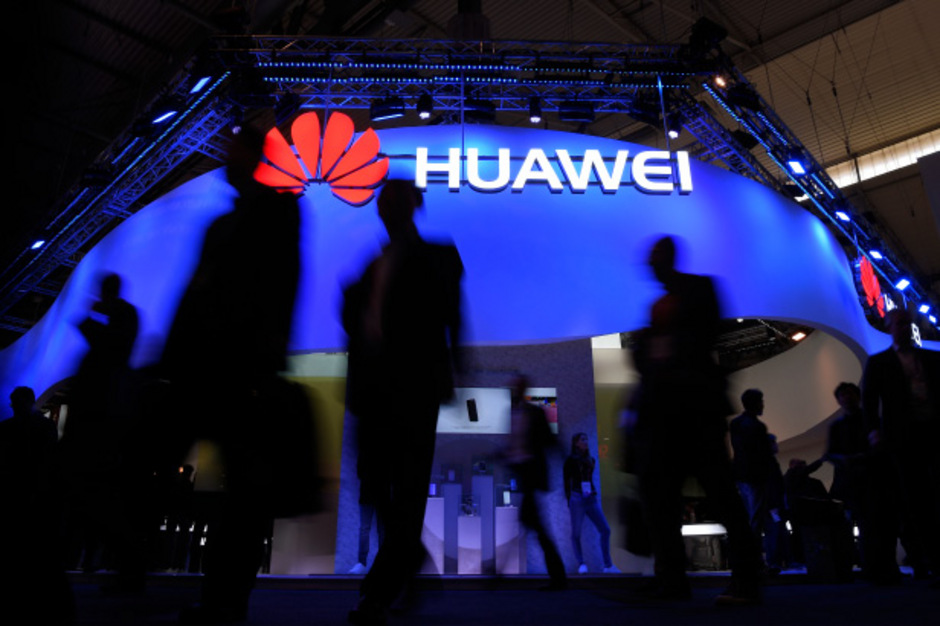Huawei will unveil next month a new mobile phone chip that will rival the likes of Samsung and Apple, who enjoy the lion’s share of the smartphone market.
The Chinese country aims to use artificial intelligence-powered features such as instant image recognition when it launches its new flagship phone in October, a top executive said on Saturday.
Richard Yu, chief executive of Huawei’s consumer business, on Saturday revealed a powerful new mobile phone chip Huawei is betting on for its upcoming flagship Mate 10 and other high-end phones to deliver faster processing and lower power consumption.
He declined to detail new features, but the phones are expected to boast large, 6-inch-plus full-screen displays, tech blogs predict.
Huawei will launch the Mate 10 and its sister phone, the Mate 10 Pro, in Munich on October 16, Yu confirmed.
Artificial intelligence (AI) built into its new chips can help make phones more personalized, or anticipate the actions and interests of their users, Yu said.
As examples, he said AI can enable real-time language translation, heed voice commands, or take advantage of augmented reality, which overlays text, sounds, graphics and video on real-world images phone users see in front of them.
“As we look to the future of smartphones, we’re at the threshold of an exciting new era,” said Yu.
“Mobile AI = On-Device AI + Cloud AI. Huawei is committed to developing smart devices into intelligent devices by building end-to-end capabilities that support coordinated development of chips, devices, and the cloud. The ultimate goal is to provide a significantly better user experience. The Kirin 970 is the first in a series of new advances that will bring powerful AI features to our devices and take them beyond the competition.”
Yu believes the new Kirin 970 chip’s speed and low power can translate into features that will give its phones an edge over the Apple iPhone 8 series, set to be unveiled on September 12, and Samsung’s range of top-line phones announced this year. Huawei is the world’s No. 3 smartphone maker behind Samsung and Apple.
The company asserts its newly announced Kirin 970 chip will preserve battery life on phones by up to 50 percent.
Huawei describes the new chip as the first Neural Processing Unit (NPU) for smartphones. It brings together classic computing, graphics, image and digital signal processing power that have typically required separate chips, taking up more space and slowing interaction between features within phones.
Most importantly, Huawei aims to use the Kirin chips to differentiate its phones from a vast sea of competitors, including Samsung, who overwhelming rely on rival Snapdragon chips from Qualcomm, the market leader in mobile chip design. Among major phone makers, only Apple and Huawei now rely on their own core processors.
The 970 is designed by Huawei’s HiSilicon chip design business and built using the most advanced 10 nanometer production lines of contract manufacturer TSMC.
After years of development, Cloud AI has seen broad application, but user experience still has room for improvement, including latency, stability, and privacy. Cloud AI and On-Device AI can complement each other.
On-Device AI offers strong sensing capabilities, which are the foundation of understanding and assisting people. Sensors produce a large amount of real-time, scenario-specific, and personalized data. Supported by strong chip processing capabilities, devices will become more cognitive of user needs, providing truly personalized and readily accessible services.
Kirin 970 is powered by an 8-core CPU and a new generation 12-core GPU. Built using a 10nm advanced process, the chipset packs 5.5 billion transistors into an area of only one cm². Huawei’s new flagship Kirin 970 is Huawei’s first mobile AI computing platform featuring a dedicated Neural Processing Unit (NPU). Compared to a quad-core Cortex-A73 CPU cluster, the Kirin 970’s new heterogeneous computing architecture delivers up to 25x the performance with 50x greater efficiency. Simply put, the Kirin 970 can perform the same AI computing tasks faster and with far less power. In a benchmark image recognition test, the Kirin 970 processed 2,000 images per minute, which was faster than other chips on the market.
